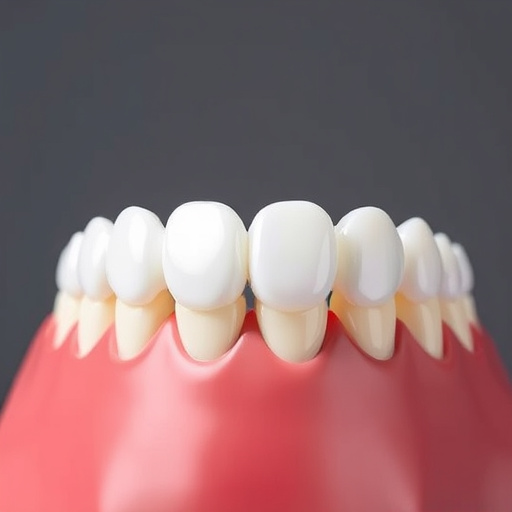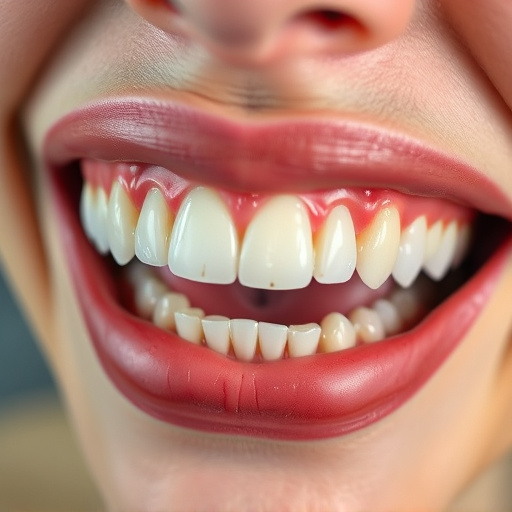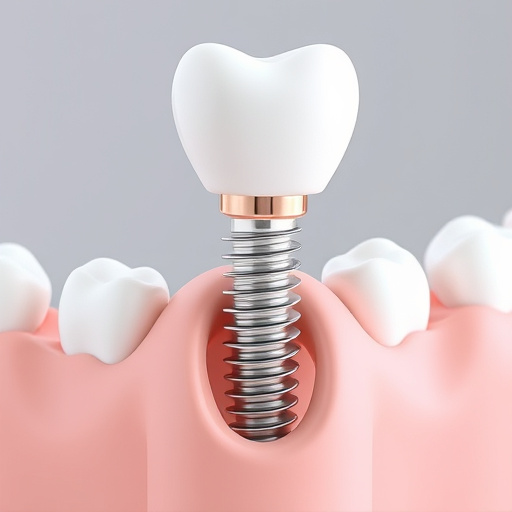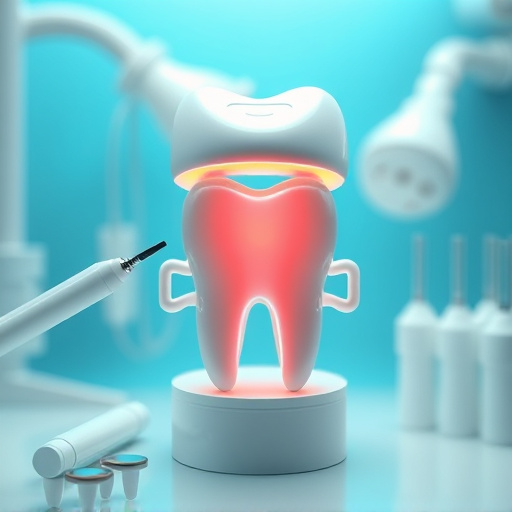Scaling and root planing is a non-surgical dental procedure that treats plaque buildup, the primary cause of gingivitis and periodontitis. It involves cleaning tooth surfaces above and below the gumline to remove tartar and stimulate gum healing. This effective preventive care improves oral health, reduces discomfort, and promotes long-term dental well-being when combined with regular checkups and proper hygiene practices.
Fight plaque buildup with powerful dental procedures: scaling and root planing. This comprehensive guide delves into the crucial role these treatments play in addressing plaque and tartar accumulation below the gumline. From understanding the impact of plaque on dental health to navigating the process and recovery, you’ll explore why scaling and root planing are game-changers for maintaining a healthy smile.
- Understanding Plaque and Its Impact on Dental Health
- The Role of Scaling and Root Planing in Plaque Removal
- What to Expect During and After the Procedure: A Comprehensive Guide
Understanding Plaque and Its Impact on Dental Health

Plaque, a sticky film of bacteria, is the primary cause of dental problems like gingivitis and periodontitis. It constantly forms on our teeth, even after brushing and flossing. If left unchecked, plaque hardens into tartar, which can only be removed by a professional dentist during scaling and root planing treatments. Regular oral exams are crucial for early detection of plaque buildup, allowing for prompt intervention to prevent severe dental issues.
Understanding the impact of plaque on dental health is essential. Beyond causing bad breath and tooth sensitivity, prolonged exposure to plaque can lead to gum inflammation and potential bone loss. Scaling and root planing procedures go beyond routine oral exams and cleaning, targeting the depth of the gums to remove tartar and bacteria, fostering a healthier dental environment.
The Role of Scaling and Root Planing in Plaque Removal

Scaling and root planing are effective dental procedures designed to combat plaque buildup, a common yet harmful substance that can lead to various oral health issues. This non-surgical treatment involves thoroughly cleaning and smoothing the tooth surfaces, reaching below the gum line where bacteria often gather. By removing both hard (tartar) and soft plaque, these techniques create a healthy environment for gums to heal and reattach to teeth.
In the context of family dentistry or general dentistry practices, scaling and root planing are valuable tools in preventive care. They can help delay or even prevent more invasive procedures like tooth extractions by addressing the root causes of gum disease. This gentle yet powerful treatment option is often recommended for patients showing signs of gingivitis or periodontitis, ensuring a brighter, healthier smile over time.
What to Expect During and After the Procedure: A Comprehensive Guide

During scaling and root planing, your dentist will thoroughly clean the areas above and below the gumline, removing plaque and tartar buildup. This involves using specialized instruments to gently scrape away at the calculus (tartar) and smoothen the tooth roots. You might experience some sensitivity or mild discomfort during the procedure, but modern dental technologies ensure it’s manageable.
Afterward, your gums will be healthier and less prone to inflammation. You may notice a refreshing taste in your mouth and feel more comfortable chewing. While some slight swelling and sensitivity can occur post-treatment, these symptoms usually subside quickly. Regular checkups and proper oral hygiene practices at home are essential to maintain the results of scaling and root planing, complementing treatments like family dentistry services or even clear aligners for a comprehensive oral care routine.
Scaling and root planing treatments offer an effective solution for combating plaque buildup, which can significantly improve dental health. By removing plaque and tartar from below the gumline, these procedures help prevent gingivitis, periodontitis, and tooth decay. If you’re considering this treatment, understanding the process and its benefits is key to making an informed decision. Embrace a healthier smile by taking proactive steps towards excellent oral hygiene with scaling and root planing as part of your dental care routine.














